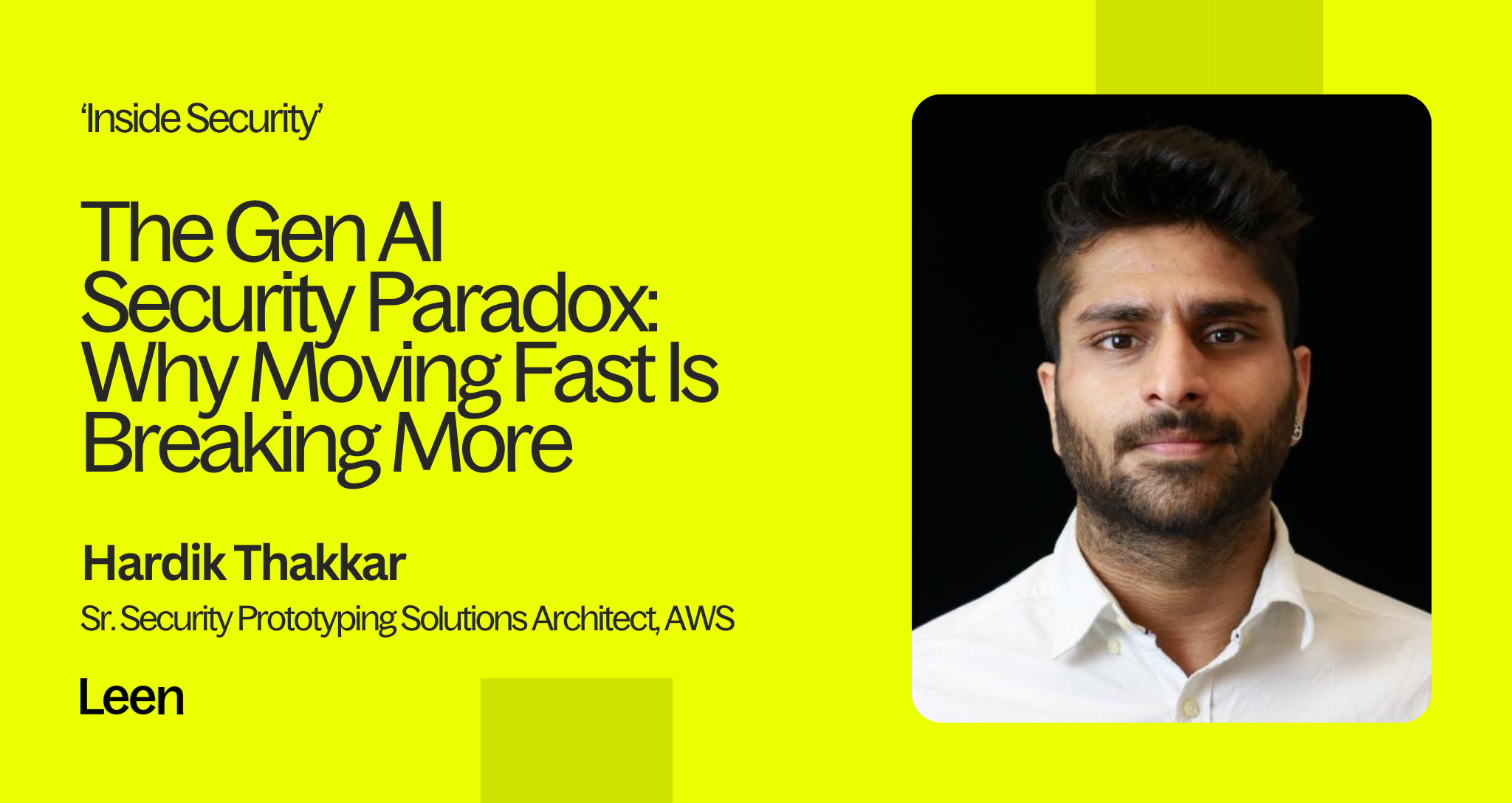How GRC Platforms are Leveraging Leen's Unified API for Security Data
.png)
Compliance and security are two essential aspects when it comes to building and upholding trust with customers. Businesses now increasingly require vendors to follow regulatory standards and compliance practices before opting to work with them.
Companies in the automated GRC space like Drata, Thoropass, Scytale simplify the compliance process by leveraging automation, allowing for ongoing control monitoring and reducing time-consuming, manual tasks such as evidence collection. This ensures businesses are always prepared for audits with minimal effort.
This means these companies must continuously streamline compliance workflows, making the need for ongoing monitoring of security data even more critical.
Typically, most companies, including the ones above, start by building their own integrations to security tools and vendors. However, as their product and customer segment expands, they quickly begin to feel the pain of complex demands that come with continuous monitoring from diverse tools.
Problem
Compliance frameworks like SOC 2 and ISO 27001 require ongoing monitoring of security controls. Automated GRC platforms are designed to streamline this process but depend on accurate security data from various tools to serve as the single source of truth.
Collecting, normalizing, and correlating data from various sources like EDR tools, firewalls, VMS, Appsec, and cloud services can be complex and time-consuming. Without a way to pull this data, these GRC platforms could potentially face delays in providing timely insights, which can lead to compliance risks.
Another challenge is the sheer number of tools that these platforms need to integrate with, each with constantly evolving APIs, making it difficult to stay on top of. Additionally, obtaining NFR licenses for these tools is often a complex process. On top of that, the product and engineering teams are tasked with developing new features, such as adding support for additional compliance frameworks. As you can see, these things quickly add up!
The Solution
Automated GRC companies like Drata, Thoropass and Scytale work with Leen to connect directly to dozens of security tools and act as the bridge, automatically pulling the relevant security data in real-time.
Here’s how Leen helps:
- Automated Data Collection: Leen’s Unified API seamlessly integrates with multiple security tools, enabling security data collection for continuous monitoring. GRC platforms no longer need to manually query data from each tool, saving time and reducing errors.
- Data Normalization: Leen normalizes data across different sources, ensuring consistency in format and structure. These companies also only need to integrate with one data model per category of security tools and get multiple connectors out of the box! Additionally, Leen also maintains these connectors, managing any API breakage changes from source vendors, such that integration remains seamless. This helps GRC platforms deliver more accurate and actionable insights during SOC 2 audits.
- Real-Time Monitoring: By pulling data continuously, Leen helps GRC platforms maintain real-time visibility into the security posture of their customers, enabling quicker detection of issues and ensures that security controls remain effective.
- Audit Readiness: With automated data feeds from Leen, GRC platforms can ensure that all necessary security logs, events, and metrics are captured and ready for auditors, reducing the manual effort required for SOC 2 preparation.
Use Case: Automating Continuous Monitoring for SOC 2 Compliance
Let’s take the example of a company using any of the above GRC platforms for SOC 2 compliance. To ensure continuous compliance, these GRC platforms are required to monitor the company’s entire security infrastructure, including vulnerability management, cloud security, endpoint protection, network firewalls, etc.
Instead of manually configuring each tool to feed data into their platforms, Leen provides a single unified API that connects to all these systems, automatically pulling relevant data such as:
- Vulnerability scan results from Tenable
- Endpoint protection alerts from SentinelOne
- Application security alerts from Synk
- Cloud security posture data from AWS or Azure
Leen normalizes this data and feeds it into back into these GRC platforms, ensuring that they have up-to-date information on the company’s security posture. With this continuous data feed, these GRC platforms can quickly detect any deviations from SOC 2 controls, providing the company with real-time alerts and helping maintain audit readiness.
Why Leen?
Leen simplifies the complexities of security data integration for GRC platforms by offering:
- Scalability: As companies scale their security infrastructure, Leen scales with them, integrating with an exhaustive suite of security tools.
- Efficiency: Automating data collection and normalization reduces the time and effort on the engineering, product and/or audit teams to maintain and support continuous compliance.
- Accuracy: By providing a consistent and standardized data format, Leen ensures GRC platforms can truly rely and trust the data for their audits.
Conclusion
Leen is slowly becoming the driving force powering the engine to support some of the world’s most trusted and popular automated GRC platforms.
Whether you're a GRC platform like Drata, Scytale, Thoropass, or alike, Leen helps you automate continuous monitoring for SOC 2 compliance, ensuring audit readiness and keeping security controls in check.
With Leen, GRC companies can focus on what matters most – delivering value to their customer, while we handle the complexities of security data integration.
If you're curious to learn more about how Leen can power your security integrations, book a time with our founder.



.png)
.png)

.png)